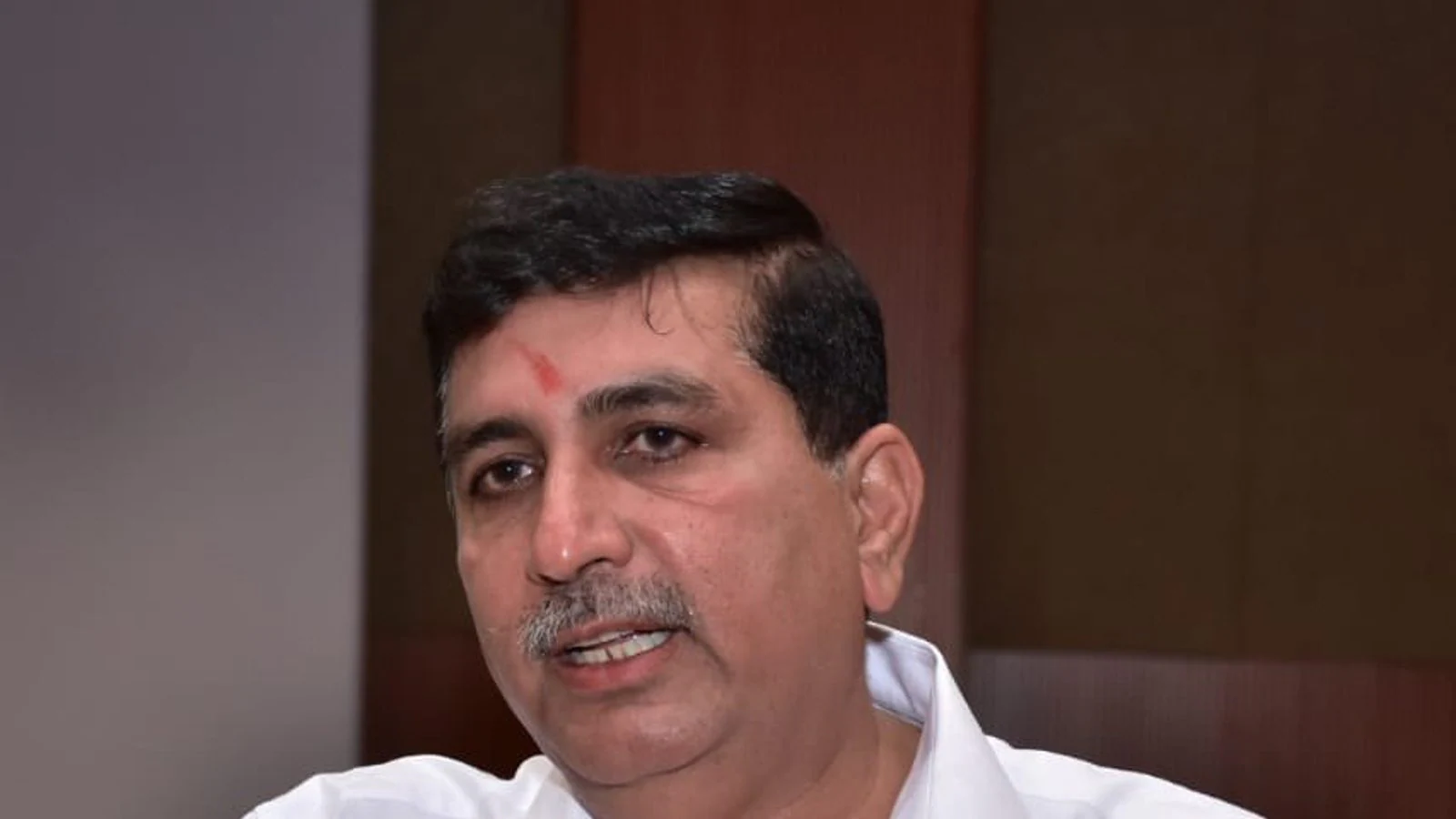
Population dynamics can pose both challenges and opportunities to development efforts depending on the ratio of availability of resources
Human population control is the practice of artificially altering the rate of growth of a human population that has been implemented by limiting the population’s birth rate usually by government mandate.
Factors such as high poverty rate, environmental concerns, religious reasons, and overpopulation determine if population control measures are needed. Mostly population control is done through a policy of contraception or sterilisation particularly in poor or densely populated parts of the world.
Why it is important: Population dynamics play a critical role in the achievement of social, economic and environmental development. The changes in the growth, age structures and the distribution of the population determine whether the targets agreed by the international community in the 2030 Sustainable Development Agenda are achievable or not.
Population dynamics can pose both challenges and opportunities to development efforts because even when one country may be struggling to ensure universal access to services due to rapid population growth, another may see the realisation of demographic dividend derived from the decline of fertility and mortality.
If demographic changes can be harnessed for success and sustainability of development strategies at the international, regional and national levels is determined by the implementation of effective population policies.
Rapid population growth remains a concern for many countries primarily in the least developed countries while the more developed countries face issues like slower population growth, such as population aging and decline.
As a consequence, there was a marked distinction in the policies to influence the rate of population growth by the level of development. In 2015, around 45 percent of governments in more developed regions had policies to raise their rate of population growth while only 2 percent had policies to lower it. In contrast, 50 percent of governments in less developed regions had policies to lower the rate of population growth and 10 percent had policies to raise it.
When monitoring of population policies began: The systematic monitoring of population policies at the international level began after the World Population Plan of Action – the first global intergovernmental instrument on population policy – was adopted in the World Population Conference held in 1974. There are many internationally agreed development plans, including the 2030 Agenda to monitor population-related policies and programmes. Another concern for many countries in the world is the issue of population aging.
According to the US state department, the world will face increasingly complex population and migration dynamics in the coming decades. The global population surpassed seven billion in 2011 and is likely to reach 8 billion in 2023, and could reach 9.8 billion by 2050.
The low birth rates combined with increased longevity, in China, Brazil, Russia, Japan, and parts of Europe are beginning to challenge the health and financial security of their elderly populations. However, developing countries in sub-Saharan Africa and South Asia are adding more than 80 million people each year thus exacerbating poverty and even impacting environmental sustainability particularly with respect to food and water.
The Program of Action of the 1994 International Conference on Population and Development (ICPD), which was negotiated and accepted by 179 governments, vouches for the promotion of human rights, gender equality, strong families, care and protection of children, the right of all couples and individuals to decide freely and responsibly the number, spacing and timing of their children and to have the information and means to do so free from discrimination, coercion or violence, as well as family planning activities that adhere to the principle of voluntary choice.
What are the criticisms against population control?
- China’s one-child policy began in 1979 when the country’s birth rate was just under three children per woman. However, China’s economy was already booming since a year back and its economic growth may not be essentially related to this declining fertility rate.
- The decline has been perfectly in line with trends in neighboring countries that have also seen rapid economic growth, and that do not coercively limit family sizes, according to The Cruel Truth about Population Control by Chelsea Follett in The National Interest.
- Although India’s economic reforms started in the early 90s, the fall in population growth was far slower than China.
- The US does not endorse population “stabilisation” or “control” and feels that the “ideal” family size should be determined by the desires of couples, not governments. The US strongly opposes coercive population programmes.
Why Assam, Uttar Pradesh have proposed strict population control measures: Assam and Uttar Pradesh have proposed laws to enforce two-child policies in their respective states that recommend prohibiting people with more than two children from availing themselves government jobs and benefits.
The draft Uttar Pradesh Population (Control, Stabiliaation and Welfare) Bill, 2021, which is open for public suggestions till 19 July to control and stabilise the population of the state, even debar contestants with more than two children from local polls. Even promotions in government jobs and subsidies are at stake. There is also a bonus for public servants who follow the two-child norm. They will be eligible for additional increments during the entire service, maternity leave, paternity leave of 12 months, with full salary and allowances and a three percent increase in the employer’s contribution fund under the national pension scheme.
The Uttar Pradesh government also plans to set up maternity centres in primary healthcare centres that will distribute contraceptives, sensitise people about family planning. There will be records of pregnancies, deliveries, births and deaths across the state.
‘Don’t look at it through political lens’
In an exclusive interview to News18 India managing editor Amish Devgan, Adityanath said that “every day was an election day for the government, along with being a day to serve the people”.
On the newly unveiled population policy, the chief minister said: “Every state has to design policies for its future. The United Nations had designated 16 tasks for sustainable development on poverty alleviation, environment preservation, etc. UP had held a record 36-hour debate on the issue, as well.”
“It was found out that the state was behind the national average in many aspects, and thus the population policy was launched. The government is also focused on awareness,” he said.
On being asked whether any particular community is being targeted through the population policy, Adityanath said every issue should not be looked through the lens of politics, and that the aim was to elevate the quality of life of the public, and better women’s health.
Other political parties want to keep the public poor and create vote banks, the Uttar Pradesh chief minister said, defending the policy amid Opposition backlash.
In Assam, the proposed two-child policy recommends cutting benefits in state government-funded schemes to those who flout the norms. Even loan waivers are linked to the scheme although the benefits from Central government schemes will be available without hindrance. Another key exemption in the proposed Assam two-child policy is people from the Scheduled Caste and Scheduled Tribe and tea garden communities will not be affected by it.
In the upcoming Monsoon Session that will be held from 19 July to 13 August, a Private Member Bill will be discussed in the Rajya Sabha on 6 August as BJP MP Rakesh Sinha’s private member bill regarding population control has been introduced. Another Private Member Bill of Rajya Sabha member Anil Agarwal has also been given in this regard. Last year, Gorakhpur BJP MP Ravi Kisan had introduced a similar bill in the Lok Sabha.




